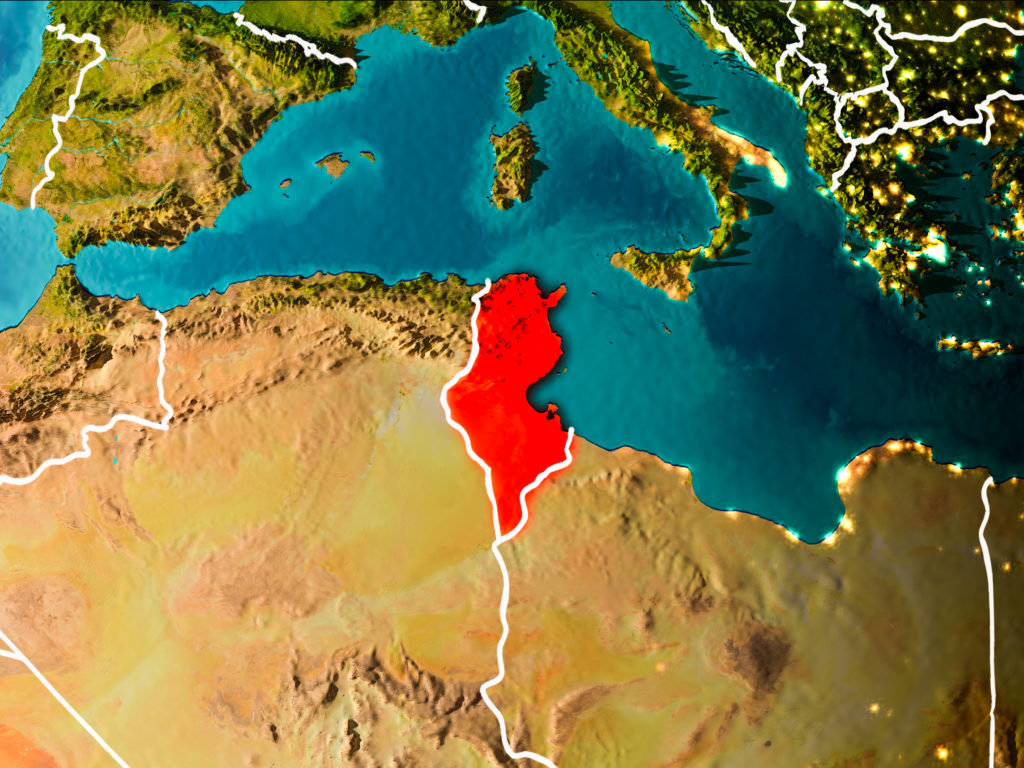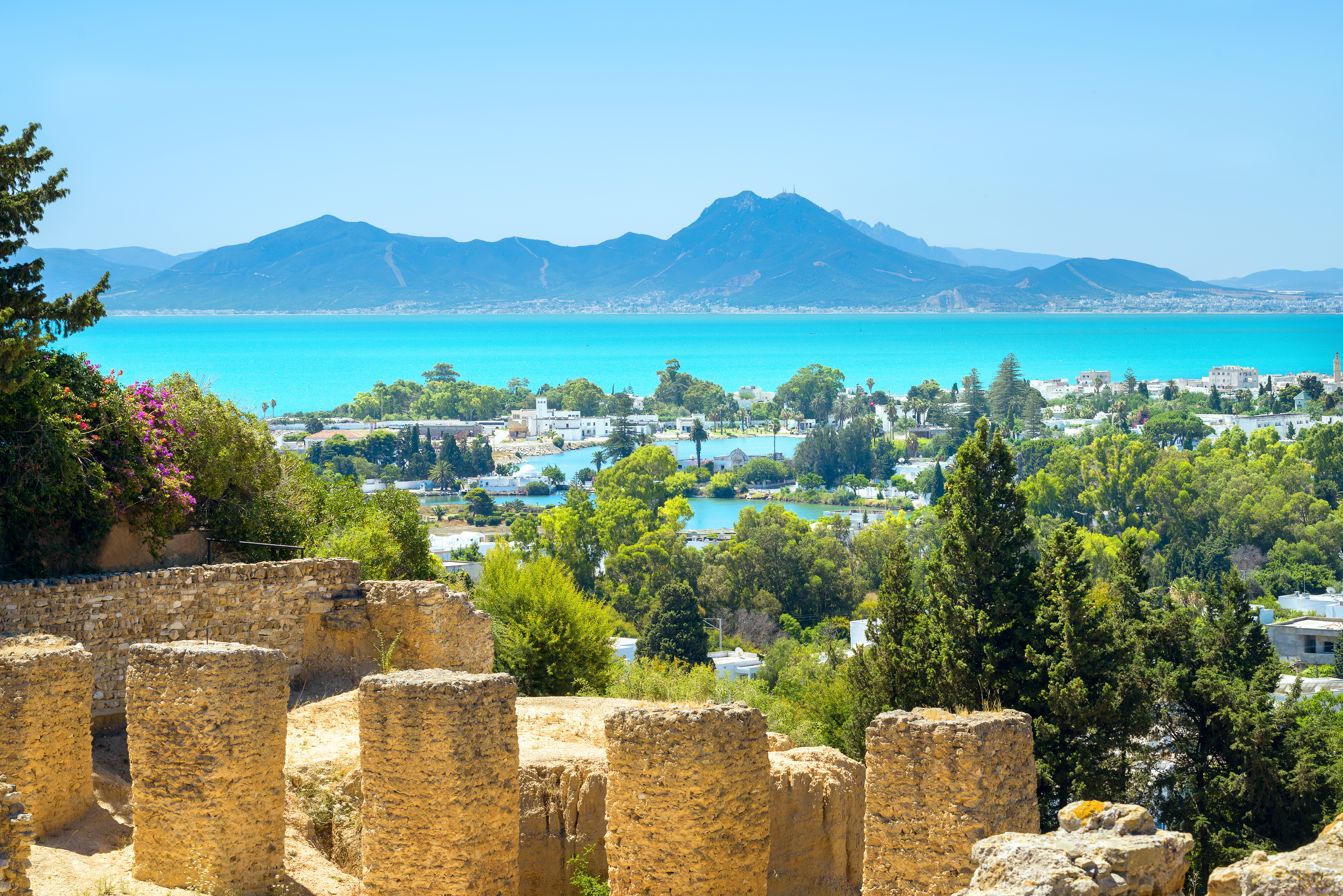In our previous Off The Beaten Path post, we spoke about Corsican wines and the multitude of influences that created the modern day scene there. If you noticed, there was one or two strange places to have brought winemaking influence to Corsica. One of which was Tunisia.
Sadly, not many people could point to Tunisia on the globe, leave alone tell you were it generally is located – trust us, we asked…

Tunisia is a smaller African country on the northern coastal expanse sandwiched between Algeria and Libya which has a rich winemaking history dating back to the Phoenicians, of which some of the techniques developed there have influenced winemaking to this day, thanks to a writer by the name of Mago.
Wine production continued in Tunisia through the Romans up until the 8th century when the Arabs took Tunisia in conquest. While under the Arabs rule, winemaking was not completely eliminated, just scaled back immensely. When the French conquered Tunisia in the late 1800s, winemaking was was implemented on a large scale again, and continued until the Tunisian independence in 1956. During this time wine making was still occurring, but suffering due to a lack of expertise. By the 1990s European countries were investing in the country’s winemaking again (sans taking it over first, thankfully) and by the early 2000s Tunisian wine was laying the path to reclaim the historic accord it deserves.
Due to the French influence, Tunisia has an AOC system with 7 designated areas of production (and the names look a little French):
- Grand Cru Mornag
- Mornag
- Coteau de Tébourba
- Sidi Salem
- Kélibia
- Thibar
- Côteaux d’Utique
Production includes AOC labeled wines as well a small percentage of “premier cru” labeled wines. The majority of all Tunisian production is devoted to Rosé wines, almost 70% of it. The remainder is largely red wine production with a little white to follow. In the white department, the wines go from sparkling to still, dry to late harvest. Efforts are being made to show the fullest sense of terroir in Tunisian winemaking with familiar grapes in unique Tunisian expressions.
The French wine influence in modern times is strong in the grapes that are produced, a few of which include:
- Merlot
- Syrah
- Carignan
- Mourvèdre
- Cinsault
- Alicante Bouschet
- Grenache
- Muscat of Alexandria
- Chardonnay
- Ugni Blanc
The major exporters of Tunisian wine (Tunisia exports about 70% of the countries production) are France and Germany. But fear not! The US has recently begun importing Tunisian wines through smaller portfolios, and while a current internet search turns up no results other than a Fig Eau-de-vie from Tunisia (which the majority of grape production also goes towards making EdV as well) fear not! A number of brave European investors are working on investing in production, wine tours, and export expansion, to bring Tunisian wines into the world marketplaces. You may be seeing Tunisian wines online sooner than one might think due to these efforts. Keep your eyes peeled.
Off the Beaten Path Series:

